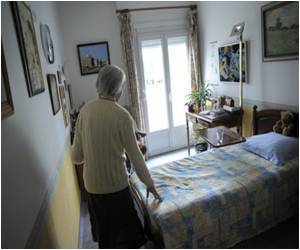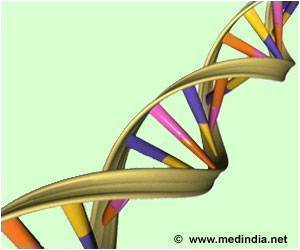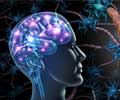
Huntington's disease is a hereditary illness that causes the progressive breakdown of nerve cells in the brain, resulting in major motor, cognitive, and psychiatric impairments. It leads to a gradual loss of autonomy and, eventually, to death. The disease typically appears between age 40 and 50. There is no cure and current treatment methods only help control some of the symptoms without slowing down the disease itself.
"Until now, we thought that Huntington's disease was exclusively the result of a genetic mutation within cells, an intrinsic phenomenon that gradually led to the manifestation of the illness," explains Francesca Cicchetti, professor at the Université Laval Faculty of Medicine, researcher at the CHU de Québec Research Center, and lead author of the study. "However, our work shows that the mutant protein at the source of the illness can also spread from sick to healthy cells, which we did not expect."
These findings by Dr. Cicchetti and her colleagues will have profound implications on the understanding of this pathology and how to treat it. It could also lead to the development of new therapies against other more common neurodegenerative disorders of the central nervous system, as well as diseases related to the propagation of pathological proteins, including Parkinson's and Alzheimer's.
Source-Eurekalert













